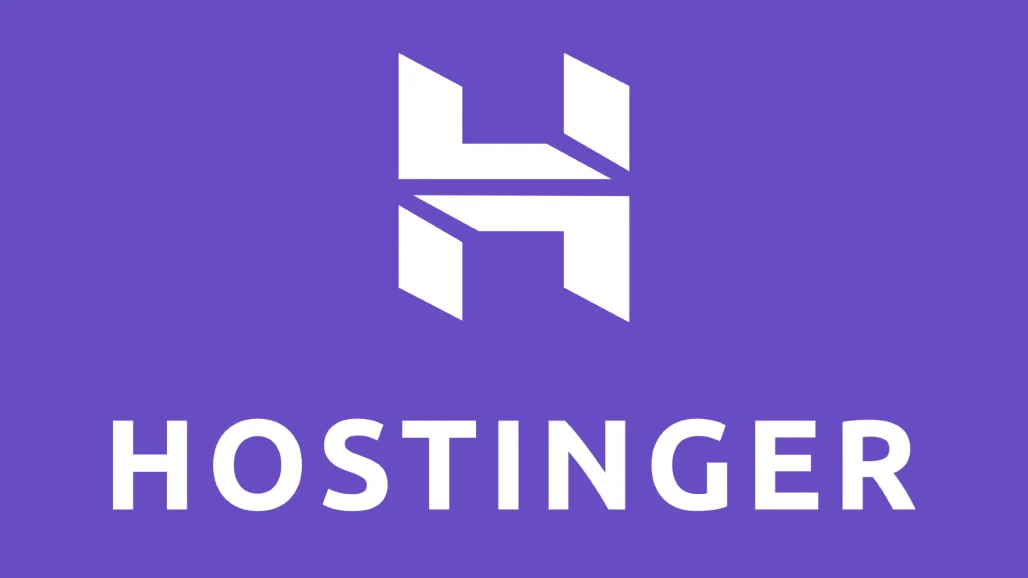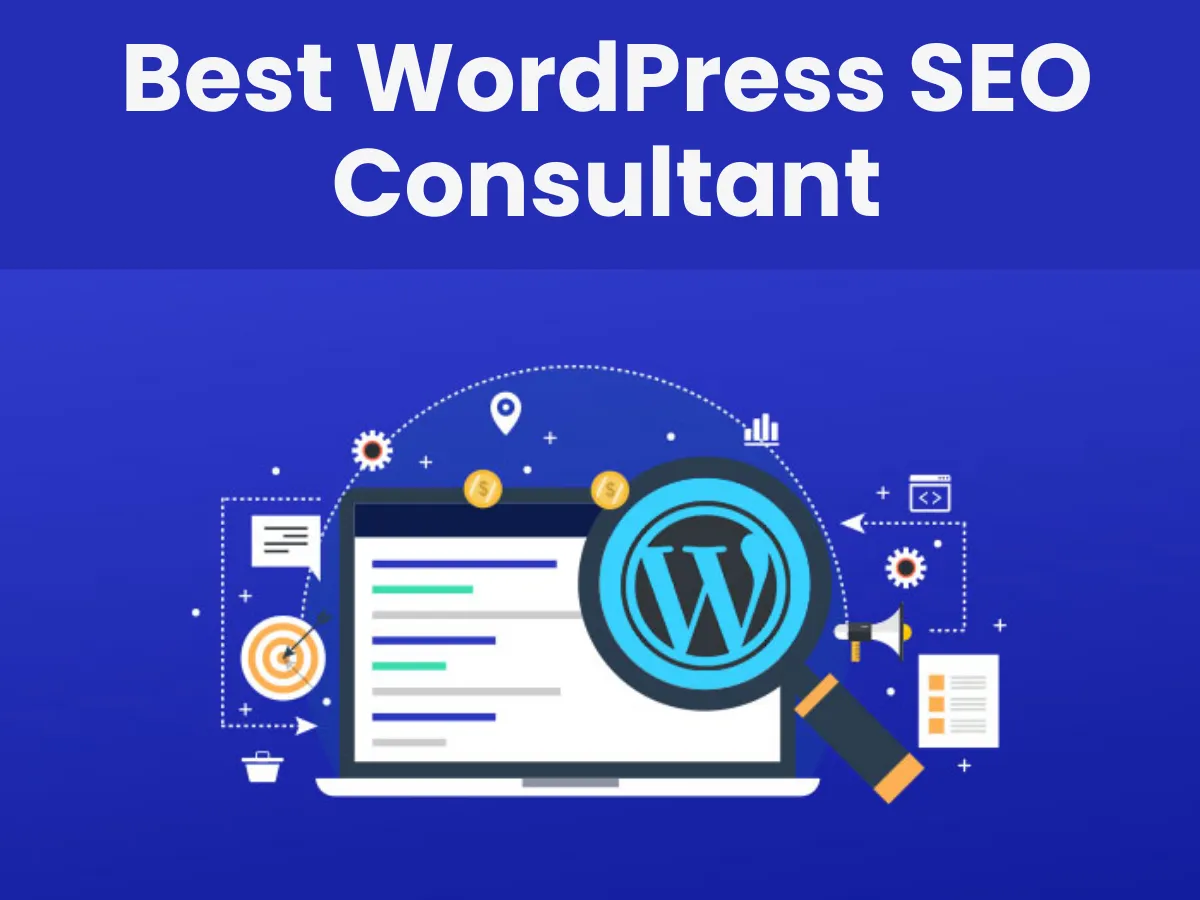
Starting a blog in 2024 is easier and more accessible than ever, but standing out in a crowded space requires a strategic approach.
Whether you’re looking to share your thoughts, build a community, or create a business, this guide will walk you through every step of the process, from choosing your niche to monetizing your content.
I’ve personally gone through the process multiple times, and I’ll share the insights I’ve gained along the way.
How to Start a Blog in 7 Steps
- Choose a Niche: Focus on a specific topic you’re passionate about.
- Select a Domain Name: Make it memorable and relevant to your niche.
- Get Web Hosting: Go for reliable providers like Bluehost or SiteGround.
- Install WordPress: The most popular blogging platform—easy to set up.
- Pick a Theme: Use responsive and fast-loading themes like Astra or GeneratePress.
- Start Creating Content: Write valuable, unique posts regularly.
- Monetize: Consider ads, affiliate marketing, or selling digital products.
01. Choosing Your Niche
Your niche is the foundation of your blog. It’s what will attract readers, help you stand out, and keep you motivated to continue writing. Choose something you’re passionate about, but also something that has a potential audience.
Key Considerations:
- Passion: Write about what excites you.
- Audience Size: Ensure there’s a demand for your content.
- Monetization Potential: Research whether your niche can be profitable.

02. Selecting a Domain Name
Your domain name is your blog’s identity on the web. It should be easy to remember, relevant to your niche, and ideally, something that can grow with your brand.
Tips for Choosing a Domain Name:
- Keep It Short: Aim for 6-14 characters.
- Avoid Hyphens and Numbers: These can be confusing and hard to remember.
- Use Keywords: If possible, include a keyword related to your niche.
- Check Availability: Use a tool like Namecheap or GoDaddy to find available domain names.
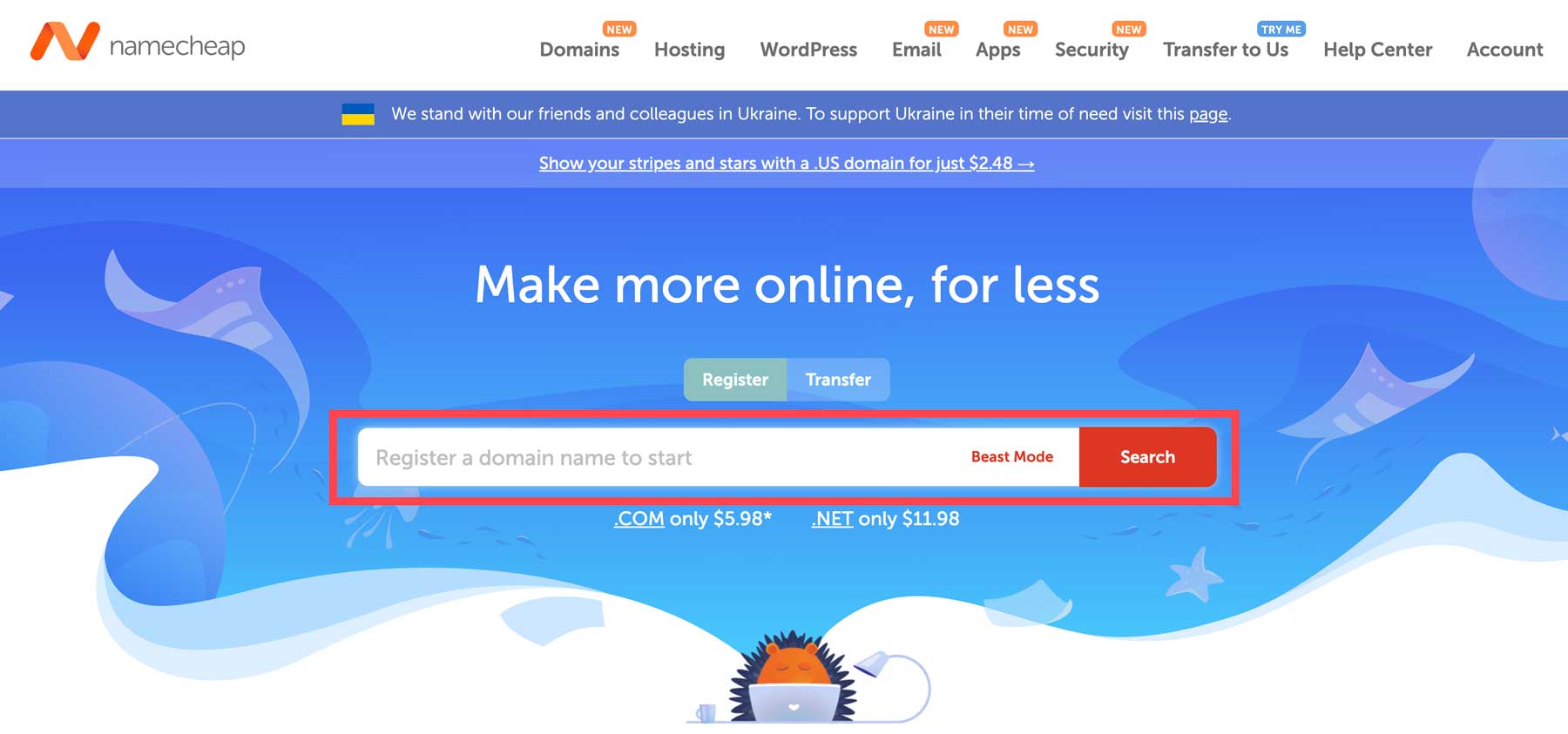
03. Getting Web Hosting
Reliable web hosting is crucial for your blog’s performance. In this section, I’ll compare top hosting providers, such as Bluehost, Liquid Web, 10Web, DigitalOcean, and WP Engine, based on speed, uptime, customer service, and pricing.
My Experience with Web Hosts: I’ve tested multiple hosting providers, and I found that Liquid Web offers the best balance of speed, cost, and support. Here’s why I recommend it:
- Speed: Faster load times for your readers.
- Support: 24/7 customer service with quick response times.
- Ease of Use: Intuitive control panels that make setup simple.
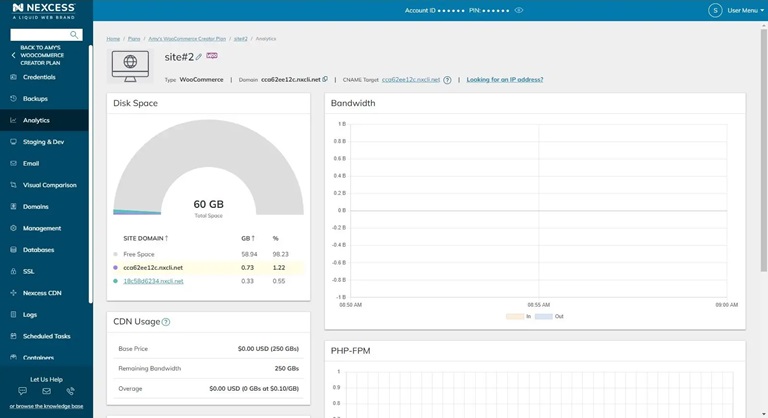
04. Installing WordPress
WordPress is the most popular blogging platform, powering over 40% of all websites. Here’s how to install it in just a few minutes:
- Log into Your Hosting Account: Access your hosting control panel.
- Use the One-Click Installer: Most hosts offer a one-click WordPress installation.
- Choose a Theme: Start with a simple, responsive theme.
- Set Up Essential Plugins: Consider plugins for SEO, security, and backups.
05. Picking the Perfect Theme
Your theme determines the look and feel of your blog. Here’s what to consider:
Criteria for Choosing a Theme:
- Responsive Design: Ensure it looks good on all devices.
- Speed: Choose a theme that doesn’t slow down your site.
- Customizability: Look for themes that are easy to tweak without coding.
- Support: Go for themes with active support and updates.
Top Theme Recommendations:
- Astra: Lightweight and highly customizable.
- GeneratePress: Focuses on speed and flexibility.
- Divi: Offers a drag-and-drop builder for easy design.
Before:

After:
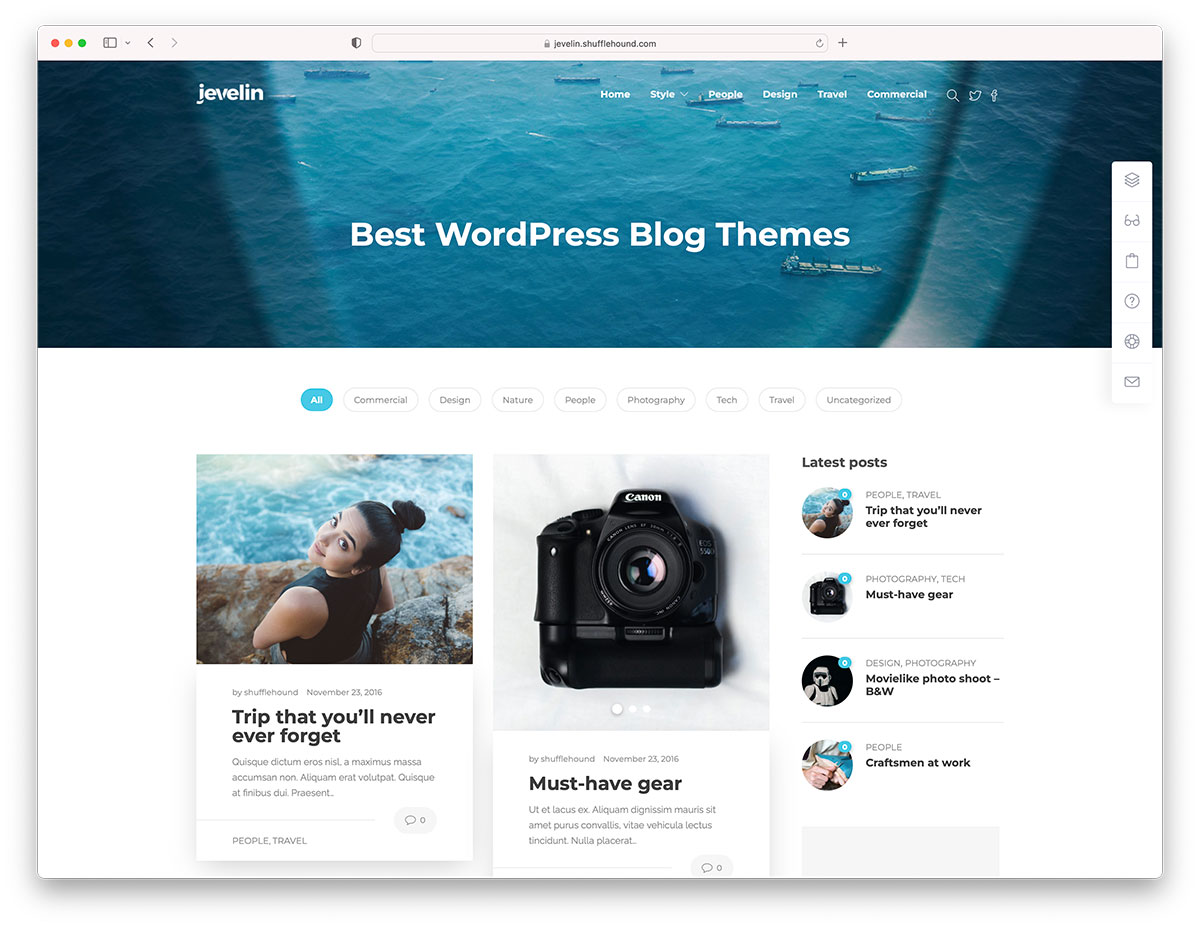
06. Creating Your First Post
Content is king. Your first post sets the tone for your blog, so make it count.
Steps to Writing a Great Blog Post:
- Choose a Topic: Start with something relevant and useful to your audience.
- Research: Back up your content with data, quotes, and links to credible sources.
- Write an Engaging Title: This is the first thing readers see—make it compelling.
- Use Subheadings: Break up your content to make it easier to read.
- Add Images: Visuals make your post more engaging and shareable.
My Experience: When I wrote my first post on seo, I found that breaking the content into small, digestible chunks helped keep readers engaged. I also used a mix of personal anecdotes and research to make the content relatable and informative.

The Bottom Line
Starting a blog in 2024 is a rewarding endeavor, but it requires careful planning and execution. By following this guide, you’ll be well on your way to building a successful blog that stands out in a crowded space.
Thank you for reading, and I wish you the best of luck on your blogging journey!
Recommended Reading:


